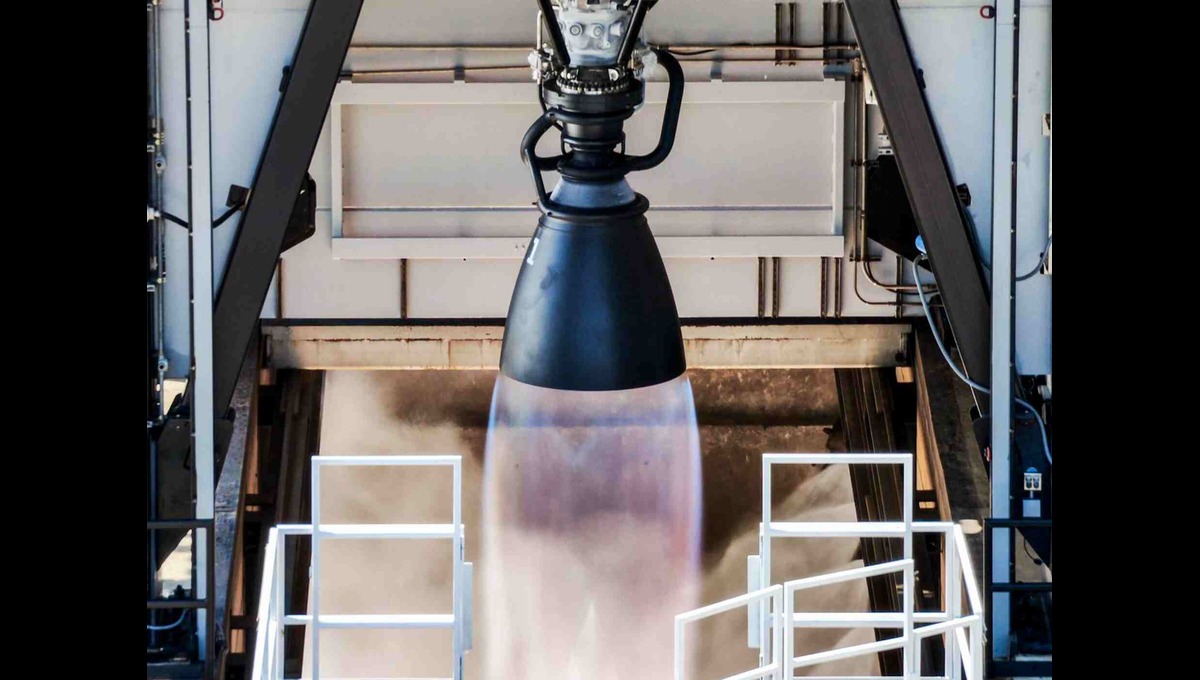SpaceX has performed the first firing test of the newly developed Raptor 3 Starship/Super Heavy rocket engine. The sheer and clean look of the Raptor engine has become a subject of discussion and fascination on social media.
An X user, @Lukeleisher, shared the image of the Raptor 3 engine while it was being tested, saying, “I nominate the Raptor 3 for the “best looking engine ever” award.
I nominate raptor 3 for the “best looking engine ever” award. pic.twitter.com/fAZSiGNOxs
— Luke Leisher (@Lukeleisher) August 9, 2024
However, the design was also being critiqued by the rocket scientists. The CEO of United Launch Alliance (ULA) commented on the “partially assembled engine” on the picture of the Raptor 3 engine shared by @elonmusk on X.
Read: NASA: Butch Wilmore and Sunita Williams to be brought back on SpaceX Dragon Spacecraft
The static fire test of the Raptor 3 engine was carried out on August 9 at Rocket Factory in McGregor, Texas.
After the firing test, SpaceX President/COO Gwynne Shotwell posted an image of the Raptor 3 engine being fired up, saying, “It works pretty well for a partially assembled engine,” silencing the criticism.
The Raptor engines used on Starship are some of the most powerful. As Starship aims to take humans to Mars, these engines have to stand out, pushing previous boundaries of space exploration and providing enough power and efficiency to make the dream come true.
Watch this video by Everyday Astronaut where Elon Musk has explians how the Raptor 3 engine was developed and much more.
The Raptor engines are being continuously developed by SpaceX. The significant cutdown in the ‘induced mass’ of the engines and the increase performance is a breakthrough. (Note: The thrust power of Raptor 3 is 280Tf which is 50Tf more than the Raptor 2 and 90Tf more than Raptor 1.)
The weight comparison of the three engines shows the difference in the design and development of the Raptor 3.
The X user @NONbiasedly replied to @elonmusk putting a light on the ‘induced mass’ difference of the engines.
Most amazing part of Raptor 3?
“Induced Mass” reduced by 87%.Raptor 1: 1548Kg
Raptor 2: 1245Kg
Raptor 3: 195Kg pic.twitter.com/HDwaMvAb17— AmericanTyranny (@NONbiasedly) August 9, 2024
The Raptor 3 engine stands as proof that with the right technology and research, something as complicated as rocket engines can be simplified and made more efficient. This prooves that in the space exploration industry, there’s always room for improvement!

